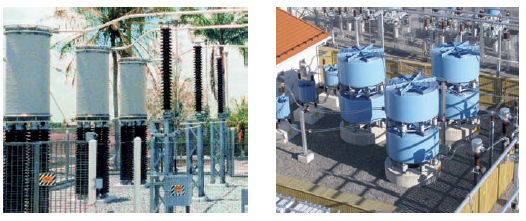HMI, or Human Machine Interface, might sound like it belongs in the annals of the creepier Sci-Fi section of the library, calling up visions of people hardwired to computers, but the term is not as menacing as it sounds. HMI refers to any process whereby work is done through the medium of a human interacting with a machine: this could include using the self-service tills in a supermarket, withdrawing money from an ATM, even getting fuel at a service station.
HMI is not limited to customer-facing tasks, it can be found in industrial areas too. Oftentimes in factories, machines can be found doing the heavy lifting, literally, while humans monitor and control their processes via computer. These interfaces can be very basic – a glorified on/off switch, or they can be very complex, allowing the operator to give a series of commands via the touchscreen controls. It is important that the computers are resistant to dust, damp, temperature changes, chemical exposure and more – and if the environment is not suitable for them, an airtight room should be provided to ensure the controls remain in great condition.
Apart from doing much of the heavy work, HMI machinery can alert human operators to potential issues while they are still imperceptible to the human eye. Spotting issues early mean that problems can be averted before they turn into critical shutdowns or disastrous errors. Tests to prevent issues can be programmed to run during quiet times – this means that maintenance is kept up to date with minimal impact on production – and no need to pay any overtime!
Previously computer-operated machinery was complex and required highly trained operators – as well as being incredibly sensitive to dirt, dust and even static electricity. These days, they are much more user-friendly and designed for intuitive ease of use, which means that one or two people can easily be left in charge of a whole factory full of machines.
Whenever possible, the best and most up to date HMI system should be put in place with detailed and clear policies regarding repair and replacement. When possible, repair should be considered as a first resort: training staff to use a new system is likely to be expensive and the transition will mean a dip in productivity and income while the system beds in and the best way of working is found. However, once the system is up and running the benefits will announce themselves almost from the start.
If you are looking to advance your company’s HMI offerings, call us at Pro Servo today or click contact us to get started today.
Featured Image: Pexels
 ON CONSIGNMENT
ON CONSIGNMENT![]() AVAILABLE TO BUY
AVAILABLE TO BUY ![]() Worldwide delivery
Worldwide delivery![]() 12 month warranty on new - 6 on used
12 month warranty on new - 6 on used![]() Rush procedure available
Rush procedure available







